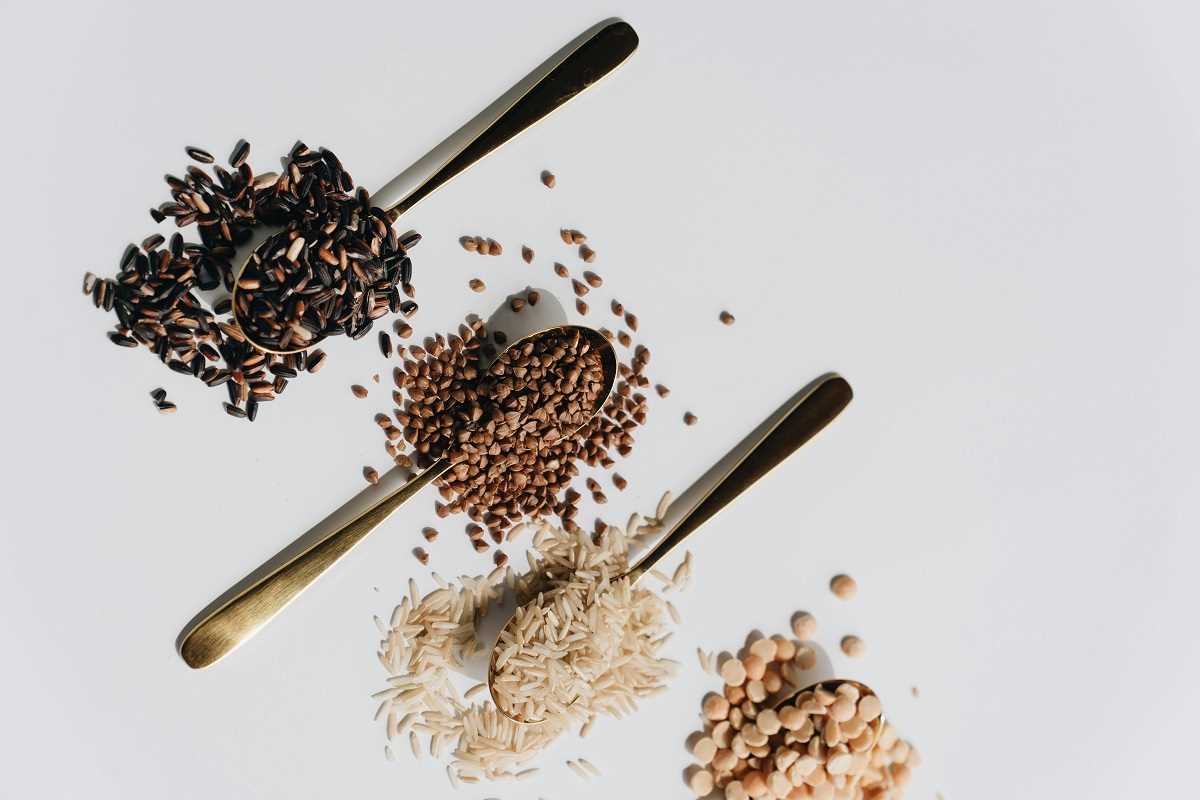Ancient grains are capturing the spotlight once again as they find their way back into modern kitchens, appealing particularly to individuals who value both sustainability and personal well-being. With a rich history spanning thousands of years, these grains bring a host of advantages that resonate with an eco-friendly lifestyle. As people increasingly seek alternatives to traditional agricultural products, ancient grains have become a favorite due to their adaptability, rich nutritional profile, and low environmental footprint. Their resurgence is not just a trend but a conscious choice for many, reflecting a growing awareness of the importance of sustainable food practices.
The resurgence of ancient grains isn't just a trend—it's a movement towards more sustainable and mindful eating. By incorporating these time-honored grains into our diets, we honor cultural traditions and support farming practices that better serve the planet. Whether you're a seasoned cook or just beginning to explore sustainable eating, ancient grains provide an excellent foundation for creating delicious and environmentally friendly meals.
The Historical Significance of Ancient Grains
Ancient grains have served as staples in various cultures for centuries, each with its unique history and culinary traditions. For example, quinoa has remained a vital part of Andean diets for over 5,000 years, cherished for its resilience in harsh climates. Similarly, farro has deep roots in Mediterranean cuisines, used in hearty soups and salads that families have passed down through generations.
These grains often represented more than just food; they played integral roles in the cultural identity and agricultural practices of the communities that cultivated them. The knowledge of growing and preparing ancient grains was carefully preserved and shared, ensuring their survival through changing times. Today, rediscovering these grains allows us to connect with these rich histories and continue their legacy in modern cooking.
Nutritional Benefits of Ancient Grains
- High in fiber, aiding digestion and promoting a healthy gut.
- Rich in essential minerals like iron, magnesium, and zinc.
- Contain complete proteins, providing all nine essential amino acids.
- Low glycemic index, helping to regulate blood sugar levels.
- Packed with antioxidants that support overall health and prevent disease.
Ancient grains stand out for their impressive nutritional profiles. Unlike some modern grains, they often retain more of their natural nutrients because they undergo less processing. This means higher levels of vitamins, minerals, and other beneficial compounds that contribute to overall well-being.
Including ancient grains in your diet helps bridge nutritional gaps and supports a balanced diet. Their nutrient density not only enhances physical health but also boosts energy levels and cognitive function, making them a valuable addition to any meal plan.
Incorporating Ancient Grains into Your Diet
- Breakfast Bowls: Start your day with a hearty bowl of quinoa porridge topped with fresh fruits and nuts.
- Salads: Add farro or barley to your favorite salads for extra texture and protein.
- Soups and Stews: Use amaranth or millet in soups to make them more filling and nutritious.
- Baking: Substitute traditional flour with teff or spelt flour in your baking recipes.
- Side Dishes: Prepare a simple pilaf using brown rice or bulgur as a side to complement your main dishes.
Experimenting with ancient grains proves both fun and rewarding. They integrate seamlessly into various meals, enhancing both flavor and nutrition. By trying different grains, you discover new textures and tastes that elevate your everyday cooking.
Get creative in the kitchen. Mix and match grains in recipes to find combinations that suit your palate and dietary needs. With their versatility, ancient grains can turn ordinary dishes into extraordinary meals.
The Environmental Impact of Ancient Grains
Choosing ancient grains can significantly reduce your environmental footprint. These grains often require fewer inputs like water and pesticides compared to modern crops, making them more sustainable choices. Many ancient grains suit diverse climates and soil types, promoting biodiversity and resilience in agricultural systems.
Sustainable farming practices associated with ancient grains include crop rotation and minimal processing, which help maintain soil health and reduce carbon emissions. By supporting ancient grains, you endorse agricultural methods that prioritize long-term ecological balance over short-term yields.
Popular Ancient Grains to Try
Quinoa remains a favorite for its versatility and nutritional punch. Its fluffy texture and mild flavor make it an excellent base for a variety of dishes, from salads to pilafs. Another popular choice is farro, an Italian grain with a chewy texture that pairs wonderfully with vegetables and meats.
Amaranth, known for its tiny seeds and earthy taste, works perfectly for porridges and baking. Teff, a staple in Ethiopian cuisine, offers a slightly sweet flavor ideal for flatbreads and porridge. Exploring these grains adds exciting new dimensions to your meals while supporting sustainable agriculture.
Incorporating ancient grains into your diet supports a healthier lifestyle and a sustainable future, thanks to their nutritional benefits and positive environmental impact. Embrace these timeless grains for a meaningful culinary change.
 (Image via
(Image via





